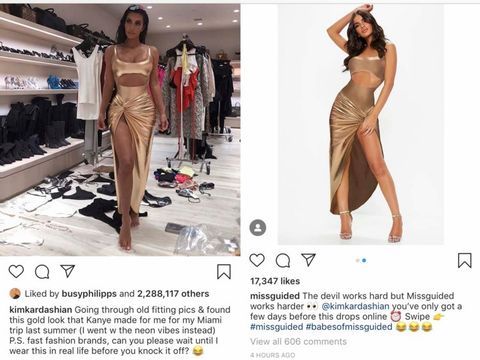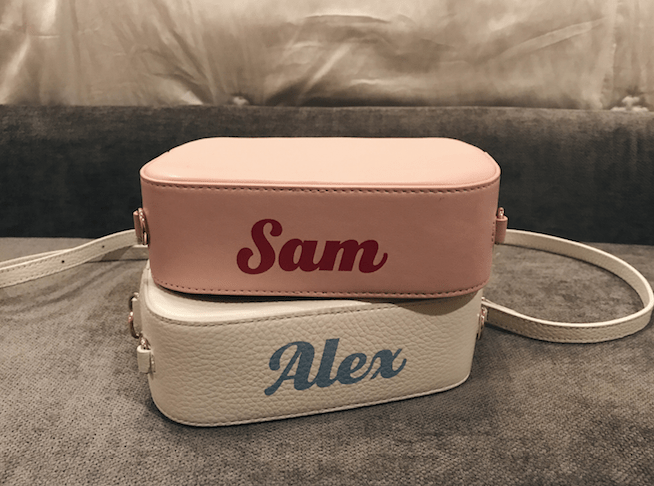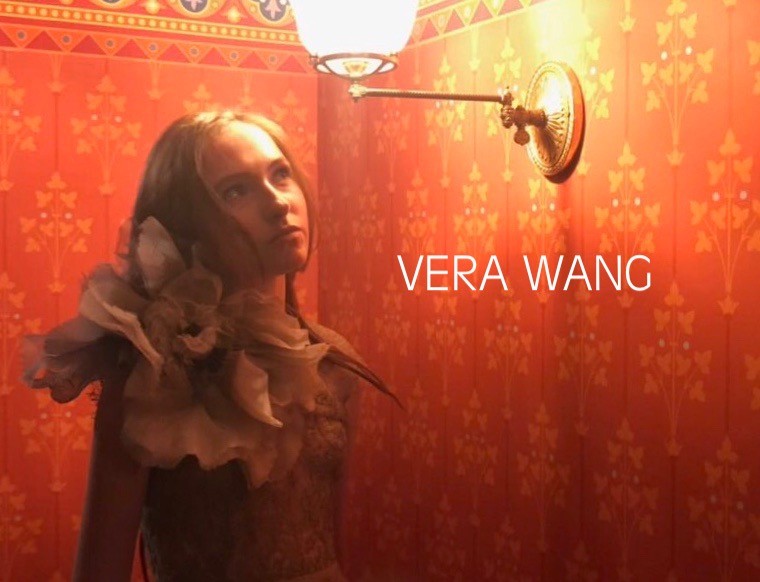The multi-trillion dollar fashion industry has always had to deal with counterfeit and copyright issues due to the United States’ complicated, outdated and weak copyright laws.
Counterfeiting and copying is a long-standing issue within the fashion industry. Recently, fast fashion brands that knock off designer brands at a large scale have heightened concern and sparked a desire for greater copyright protections. Fashion was included in the pictorial, graphic and sculptural works category of the eight copyright protected work categories of the Copyright Act of 1976, which was influenced by the landmark Mazer v. Stein copyright case. The Mazer Standard set precedent saying a useful item can be copyright protected if the artistic aspects are separable from the utilitarian aspects of the article.
In the 2017 Star Athletica v. Varsity Brands case, Varsity Brands successfully sued Star Athletica for selling nearly identical cheerleading uniforms. Supreme Court Justice Clarence Thomas delivered the opinion of the court saying that specific features of useful articles are eligible for copyright protection if, “when identified and imagined apart from the useful article, it would qualify as a pictorial, graphic, or sculptural work…on its own,” which is consistent with the history of copyright precedents under Mazer v. Stein. Though it was not the overwhelming precedent the fashion industry desired, it was a step in the right direction as it was the first major update the Supreme Court made to copyright laws in over 20 years, as well as the first time they referenced fashion.
According to Hasan Minaj of Netflix’s Patriot Act episode “The Ugly Truth of Fast Fashion,” fast fashion has changed the entire industry by democratizing high fashion. He uses the artistic Thierry Mugler design that Kim Kardashian wore as an example of the counterfeiting problem in the fashion industry. He explained that within 24 hours of Kim Kardashian being sighted in the dress, Fashion Nova had an almost identical dress on their website for just $50. If brought to court, the unusual cut-out design of the Mugler dress and unique wrist wraps would most likely be protected under copyright law, but Kardashian chose not to pursue legal action. However, in 2019, Kardashian sued Missguided, a U.K. based fast fashion brand, for trademark infringement and violation of her right of publicity when they copied a custom gold gown designed by her husband Kanye West’s brand Yeezy (2:19-cv-01258). The court ruled in favor of Kardashian as the dress’s distinctive color and design qualify as pictorial, graphic or sculptural work on its own, separate from it being a useful article.
In 2001, Kathrine Baumann, the founder of the luxury women’s accessories company Kathrine Baumann Beverly Hills, was notified that retailers were selling counterfeit copies of her work. This came as a shock to Baumann, who “believed that her works being protected under copyright law would deter counterfeiters.” Her luxury collectable purses, which are handcrafted by skilled artisans and made from fine materials, typically range from $2000 to $3000. Baumann’s case study, Campaign Against Counterfeiting, demonstrates that trademark and copyright protection is not only important because it protects the integrity and intellectual property of designers, but also since the counterfeit industry is so large it has great potential to harm small businesses. The mass distribution of counterfeit products dilutes the luxury brand’s equity because counterfeit products “have no guarantees, no service and no residual value,” all of which are integral to KBBH’s brand equity, as well as similar fashion businesses. However, because fashion items are often deemed as useful products and not artistic works, companies cannot always rely on copyright laws, and are frequently forced to solely depend on trademark laws.
Copyright law is in dire need of an update, and designers in the fashion industry deserve more protections for their creations than what they have now. Congress has yet to make the widespread copyright revision that is needed to completely protect the fashion industry, which currently excludes fashion due to the complexity of the subject. Debating whether an item’s artistic aspects are separable from its useful aspects is open for interpretation. Useful objects cannot be copyrighted because it would lead to monopolies where whoever owns the copyright would own the entire market. For example, a plain white t-shirt cannot be copyrighted because countless brands sell plain white t-shirts, but designs like Kim Kardashian’s Yeezy dress is copyright protected because its artistic features can be identified separate from its useful aspects. Therefore, there should be a ninth section added to copyright law that specifically protects fashion rather than lumping it into the pictorial, graphic and sculptural category. This ninth section would need to protect fashion designers’ creations in a way that doesn’t create monopolies, but still provides them with more protection from counterfeits than it currently does.







